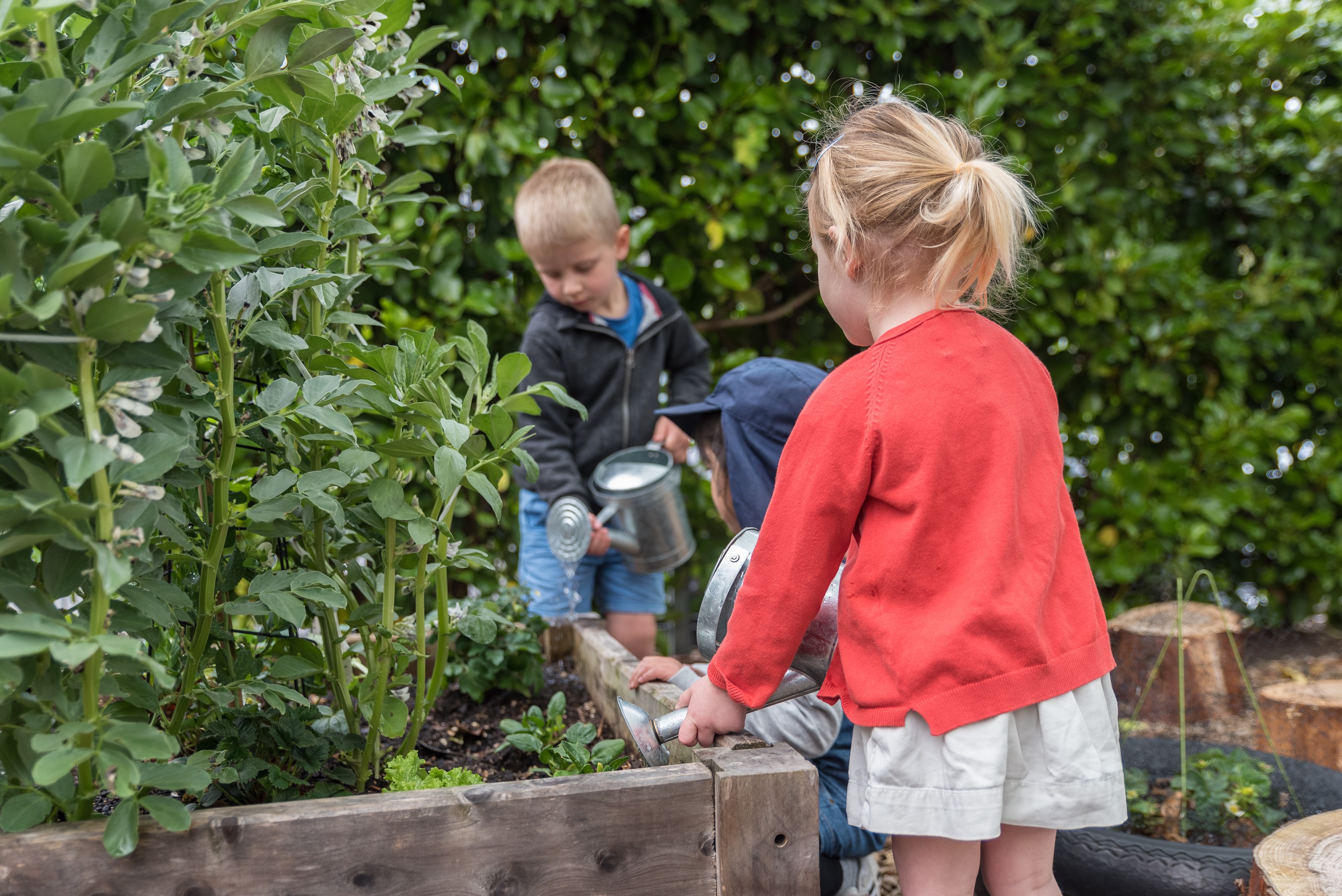Children don’t go outside as much as they used to, or maybe rather, as much as we used to. That’s a pity. Nature is good for us. Research has shown that being outside in the natural environment can have a major impact on the healthy growth of a child’s mind, body and spirit. Aotearoa provides the perfect playground for families with young children to be outdoors, enjoying the bounty of nature around them. Frequent experiences and a positive relationship with nature can instill lifelong conservation values in children.
Most of us can think back to our childhoods, of all the adventures that we had in our garden, the park and within our local communities. Without an iPad or a computer, it was the best way to have fun. Coming together to enjoy unstructured self-initiated exploration with what we had or what we could find inspired a sense of place and a sense of wonder. Being immersed in nature, discovering and learning within our natural environment is just as important and relevant to our children’s development today.
It's all about the process
“Spontaneous, open-ended, play in natural surroundings offer unrivalled opportunities for early learners to classify, observe, explore, and interpret the phenomena around them.”
— Annie Wallin, writing for Center for Advancement of Informal Science Education
Children love hands on, informal, self-initiated exploration and while it may not seem like much of anything at first glance, it’s actually a highly engaging learning process. It involves coming up with ideas, testing them out, and making adjustments. Children are in fact relating to their surroundings on an emotional and intuitive level. The more ‘purposeless or open-ended’ the materials, the more a child will need to apply their critical thinking and imagination to create ‘something’ out of it. Nature provides plenty of possibilities to work with.
Just think about what a single tree can drop — leaves, acorns, branches, buds, sap and bark. Then think about each in detail, how delicate a leaf is and how it tears along increasingly tiny veins, or branches and how the bark coating then crumbles and wood resists in its fibres. Consider the length, texture, strength and shape of the ‘treasures’ to be discovered outdoors, how well they float or sink. Add a puddle into the mix, or a few ants passing atop a nearby root, and you have the perfect environment for investigation, experimentation and discovery. The sheer variety of resources and conditions that nature has to offer make it the perfect setting for children to grow and learn.
What children learn from it
In the natural environment there are constant opportunities for children to learn to manage themselves, develop critical thinking skills and take risks. Every tree climbed and every tireless race over uneven ground will help develop their gross-motor skills, coordination and ability to manage risk. By taking risks, learning to challenge themselves and persisting with a task they learn about their limits and capabilities. The natural environment provides lots of opportunities for risk and challenges as children roll down grassy hills, swing on tree branches and manage themselves in the elements.
Every time they work with things on a smaller scale, picking apart leaves for potions or making homes for insects, they will be developing not only their fine-motor skills, but also their patience, creativity, and observation. Resilience is developed as they work through rain and chill, and it grows further and further with each fall and scrape that they soothe themselves through. These learning dispositions are powerful for children’s learning and lay down important foundations for learning later in life.
It is at a young age that children cultivate their sense of affection toward the natural world and their perceptions of the needs of other creatures. There is a strong focus on the Māori concept of kaitiakitanga (guardianship) encouraging children to become ‘guardians of the environment’. Trees, bushes and living creatures need to be respected and unharmed. This early respect for nature can extend to a longer-term appreciation of the environment and a sustainable future.
Playing and learning outdoors is a hands-on exploration of the senses. It can increase mood and decrease anxiety. It helps to develop mindfulness skills and increase confidence. What better way to cultivate wellbeing in our young children. So, get outside, immerse yourselves in nature, feel your shoulders relax, your lungs open up and breathe.
Nature is the perfect setting for children’s play and learning, and children need more of it. Clothes will get messy, but that’s okay — nothing that won’t come out in the wash. What they get in return for their time spent in the outdoors is well worth it.
“I remember with great fondness spending hours and hours as a child with my sister and friends playing in the fields and forests behind my house. Around the month of June, the bluebells appeared providing opportunities for creating gardens for the fairies. Our world was full of wonder and imagination!” Mrs Clayton

